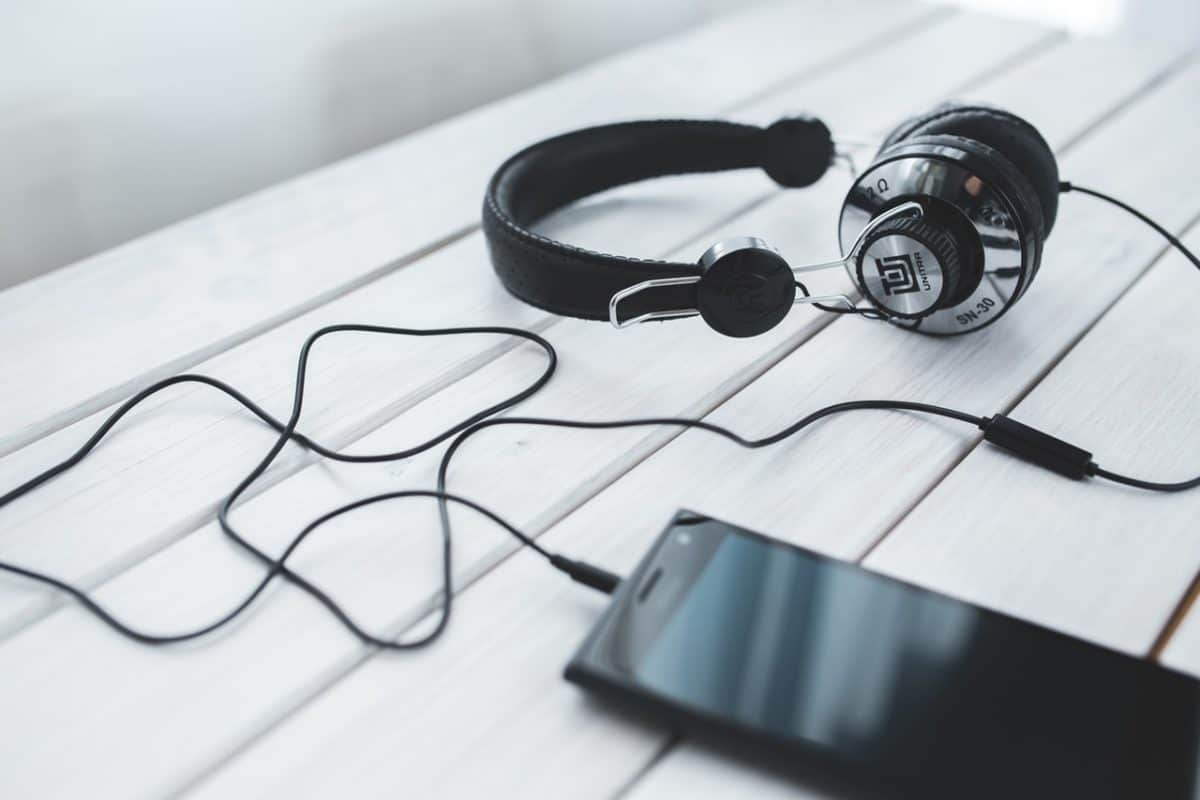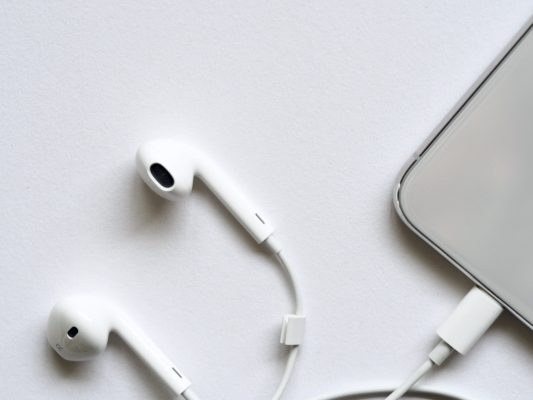Techniques to Improve Your French
How to Improve Your French Listening Skills [Easy to Do]
If you’re reading this you’re probably looking to improve your French listening skills. After all, having strong listening skills is probably the most important part of language learning. The strange thing about oral comprehension is that it is both very easy and very difficult to improve.
Let me explain what I mean by this. Have you ever heard someone say that they understand a language better than they speak it?
This applies to pretty much everyone and is a testament to how it takes less effort to understand a language than does to speak it.
On the other hand, improving your French oral comprehension is difficult because your level of understanding has to be MUCH higher than pretty much any other component of your language skills. Why is this? Well there are a couple of reasons for this.
Listening is probably the only component of language learning that you don’t have any realistic control over. Think about it. You can control what you say, what you write and to some extent what you read, but when it comes to listening you basically have to be ready for anything.
When you visit a foreign country virtually everybody there will speak better than you.
The problem isn’t that your speaking ability isn’t as good as theirs because you can still use the words and phrases that you do know without a problem.
The problem is that you need to be able to understand THEM when THEY speak to YOU. It’s always great to have somebody who recognizes that you aren’t a native speaker and can speak at a level that suits you better, but unfortunately you aren’t likely to find too many people like this.
So now that we’ve established that that our French listening skills need to be a lot better than any of our other language skills how exactly do we go about doing this?
Let’s take a look at some methods that you can employ on your own to take your French listening abilities to the next level.
Method # 1 – Passive Listening – We first have to identify exactly what passive listening is and how it differs from active listening. The difference is exactly what you would think it is.
Passive listening is when you listen to something without really paying attention to what’s being said. Active listening is the exact opposite, listening to something and devoting your attention to it.
For this method we’re going to talk about the benefits of passive listening. Plenty of people out there disagree with the idea of passive listening, but I personally can vouch for its usefulness.
This is especially useful for beginners, so if you consider yourself an intermediate or even advanced learner, this one may not be as useful for you.
Listening to a language that you don’t understand at all just sounds like noise. It’s impossible to discern syllable from syllable, word from word, and sentence from sentence.
Now it’s important to understand that it’s not possible to passively listen yourself to fluency. However, it’s a great thing to do in the beginning because it helps the language to sound less like noise and more like a language you just don’t understand.
When you have a chance, put on some sort of French audio in the background while you’re doing an activity.
This can be when you’re at home, work or really anywhere you are able to listen. The great thing about this is that you don’t really have to plan time for this as you can just listen while you do something else.
If you have many hours of passive listening under your belt then when you move to active listening like we do in the next methods you’ll be ahead of the game.
Just like a baby learning to speak its first language, you need to get massive exposure to the language so the more time you have to devote to listening to French the better off you’ll be.
Method #2 – Listening to videos/movies and verifying with subtitles – If you’ve read the article “How to Improve Your French Writing” you’ll be somewhat familiar with this technique. Let’s get right into how it works.
Start off by picking an online video or movie that has French subtitles that you can enable. It is very important that the subtitles match the dialogue perfectly as some subtitles cut corners and leave some things out.
Put the subtitles on and play the video while looking away from whatever screen you’re watching it on.
Just try your best to follow along with what’s being said. After a few seconds (no more than 5-10 at the most) pause the video and try to repeat in your head what was said (or out loud if you’re up to it).
If you feel that you can go longer than 5-10 seconds go ahead, but most people won’t be able to so don’t feel bad if you can’t. The point here is you just want to try and understand specific chunks at a time without being overwhelmed by the entire video or movie.
Verify your mental translation by looking up at the subtitles and seeing if you were correct.
If you weren’t, just replay those 5-10 seconds and see if you fair better the second time around.
Continue doing this until you’ve gotten through the entire video at which point you can start from the beginning and try to get through the whole video without pausing it.
Method #3 – Watching Videos at Various Speeds – What I really like about this method is that you can do it in tandem with the previous method. Start by heading over to YouTube and finding a French video that you think you’ll enjoy. Start by playing the video at half speed and see if you can follow along.
The great thing is that YouTube’s system doesn’t distort voices as much as you would think so you shouldn’t have to worry about an extra barrier that can hinder comprehension. If you can follow along with the video at half speed set it to ¾ speed and try again. Set it then to full speed and try once again to understand.
Once you get to the point where you are confident in understanding the video at full speed set it to 1.25x, 1.5x and finally 2x speed. For the most part people in real life don’t speak as fast as these settings will make your video so if you can get to the point where you can comprehend these videos despite their speed, then understanding a native speaker in a normal conversation should be a piece of cake.
Like I said, you can do this together with method #2 and add subtitles to your video/movie.
Let’s recap everything that we’ve gone over. In method #1 you want to simply get a massive amount of exposure to the language whether you understand it or not.
By doing this, you help your brain to get used to the language and make it so that things don’t sound so much like noise. Great for those who are just starting out, but can be used by any French learner no matter their level.
Method #2 revolves around finding some sort of video content with French subtitles and listening to just a few seconds at a time, pausing it, and seeing if we can understand and follow along with what was just said. We then verify our mental translation with the subtitles that we enabled before playing the video.
Finally, in method #3 you have to find some French YouTube videos that you like and start off by listening to them at half speed. Slowly increase the speed of the video until you can listen to the video at 2x speed and understand it no problem.
Remember the idea here is to train yourself to understand in situations that are more difficult than your average everyday conversation. This is something that you should always try to do no matter what you’re trying to learn in French.
Put yourself in situations that are more difficult than the norm and you’ll find yourself conversing with others a breeze.
Improving your listening abilities in French doesn’t have to be a difficult process. If you just dedicate a little bit of time each day to employing some of these methods you’ll see a huge improvement in your oral comprehension in a short amount of time.
What’s very important to remember here is that practicing every day for a shorter amount of time is better than practicing for a longer amount of time, but only once or twice a week.
Consistency is key when trying to improve your listening or any component of your language abilities.
There are so many great ways to practice your French listening that we couldn’t possibly list them all here.
However, for us these are some of the best and easiest ways really skyrocket your oral comprehension.
What other easy-to-perform ways do you know to improve your French listening skills? We’d love to hear all about them. Comment below and let us know your favorite methods and how they work.


